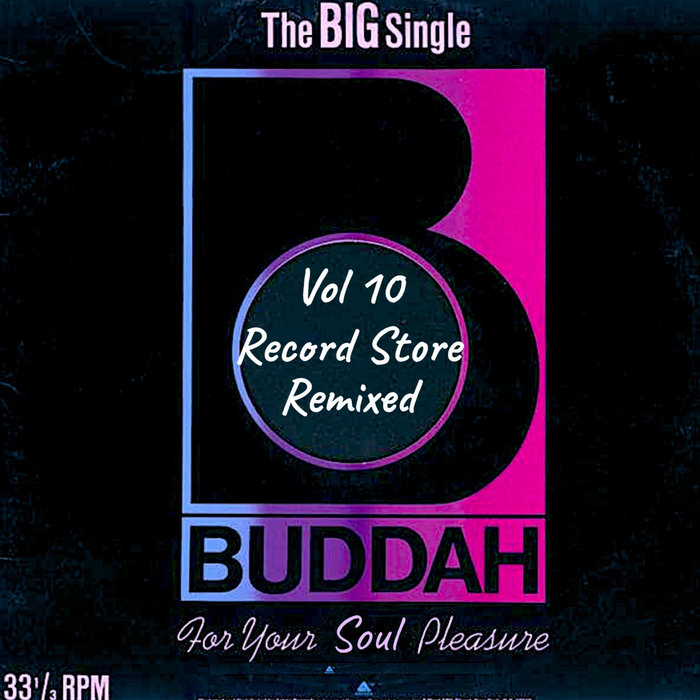
Bill Withers – Who Is He (And What Is He to You?) Re-Edit – Record Store Remixed
this blog is GROOVY – check out great Soul, Funk, Jazz, Hip Hop, Bass, Breaks , Reggae, House n many more TUNES
Ah, funk! That groovy, soul-filled genre that makes you want to shake your hips and bob your head. But wait—what about the funky remixes? They take the essence of that infectious beat and spin it into something fresh, exciting, and sometimes downright hilarious. So grab your dancing shoes as we explore the jazzy history of funk remix!
Before we dive into remixes, let’s get a foundational groove down. Funk music emerged in the mid-1960s as artists like James Brown started to blend rhythm and blues with jazz elements. With sticky bass lines and punchy horns laying down grooves so thick you could walk on them, funk became a way for people to express themselves on the dance floor.
And who could forget Parliament-Funkadelic? George Clinton’s band blew minds with their eccentric style—a fusion of rock and funk wrapped up in sci-fi-themed performances. Their sound was so rich that even astronauts were likely tapping their toes while floating in space!
Fast forward to the 1980s when sampling technology exploded onto the scene! DJs began snatching up those luscious chunks from classic funk tracks—think “Super Freak” by Rick James or “Give Up The Funk” by Parliament—and splicing them together like musical chefs whipping up tasty treats.
The art of remixing is like taking an old classic meal (let’s say mac ‘n’ cheese) but adding some spicy jalapeños or crispy bacon bits—deliciously transforming it while keeping its original essence intact.
One revolutionary figure was DJ Kool Herc, who’s often credited for creating breakbeat DJing by isolating drum phrases from songs (thanks Big Beat). His street parties illuminated how one could elevate a track just by recontextualizing its rhythms. Talk about growing from humble roots!
James Brown’s Dance Moves: Did you know James Brown once slipped on stage during his performance? Instead of acting embarrassed, he turned it into an epic slide across the floor! Now that’s what I call improvisation!
Parliament-Funkadelic’s Costumes: George Clinton famously wore outrageous outfits—including diapers—inspired by extraterrestrial themes! Talk about channeling your inner alien while jamming out on stage; let’s just say there were some futuristic fashion statements happening back then!
Prince Never Stopped Grooving: Prince not only created stunning tracks but also had a legendary habit of showing up unannounced at jam sessions worldwide—even trying out new ideas right before walking off stage! Imagine being at dinner when Prince drops in—with little warning—to create something magical over dessert!
Chaka Khan’s Vocal Power: When Chaka Khan hit those high notes singing “Ain’t Nobody,” she reportedly broke several glasses backstage due to her powerful voice vibrational energy—not party tricks but vibes gone wild instead! Best serve earplugs for anyone within earshot next time she sings live.
Funky FL Studio Fans Unite: Nowadays many musicians are mixing up funky beats using software like FL Studio (which stands for Fruity Loops)! Apparently turning breakfast cereal names into DAW legends has become quite normal among aspiring producers…and yes folks still geek out over catchy loop samples named after fruit loops; go figure?
As we groove into today’s electronic era—a time where DJs reign supreme—the remix culture continues thriving across genres beyond just funky tunes alone.
From Skrillex giving us his dubstep spin on classic records—or Flume lending ethereal harmonies—we witness unstoppable creativity being unleashed through collaborations galore! Today everyone can hop aboard this funky vibe train because nothing stops a good groove…even when it gets remixed 100 times over…
Remix opportunities encourage collaboration fostering connections between various cultures spanning genres—from hip-hop elements added upon disco classics all thanks largely due accessibility via streaming platforms expanding audiences worldwide reaching dancers everywhere under one big tent called funk…and they’re dancing under moonlight dreaming outlets forevermore!!
So whether you’re feeling nostalgic listening to old-school jams or getting down with electro-funk fusion today don’t forget—the soul always remains alive inside these creations bringing forth fun&frivolous moments highlighting laughter joyfully shared around every note invented creatively through countless hearts along our collective journey oozing artistry around global corners emerging gifted talents shining bright against backgrounds filled pure rhythm inspiring others following suit ahead past years making memories splendidly memorable fiercely everlastingly encouraged…
In sum—the world will always be groovin’ thanks largely because dedicated artists keep pushing boundaries reimagining fan favorites left behind exciting musical legacies intertwined with contemporary creativity elevating sounds soaring sky-high…all originating firmly rooted funky foundations enabling chances rediscover timeless classics anew spinning thrilling spins alive offering surprises galore unleashing delightful sonic journeys any time anywhere inviting people join hands together again again till end times coming whenever necessary smiling wholeheartedly all throughout life ever-changing right here bringing happiness flourishing endlessly keeping things fabulously entertained until next remixed hit comes blasting onward fans love eternally forever laid-back catchphrase beckoning hearers respond glancing backward soaking inspirations long ago led colorful golden age delicious choices unlimited beats fused uniquely making magic happens undeniable soulful craziness leaving smiles wide-eyed joyous styles lingering spaces long afterward echoing deep resounding “FUNK” balancing out everything else swirling hungrier heartbeats pumping melodies reminding us never miss chance bust move enjoy ride staying lively cheerily alive holding tightly magical freedom dancing day away wicked swirls marching whole communities unstoppable tuned vibin’!!!

Bill Withers – Who Is He (And What Is He to You?) Re-Edit – Record Store Remixed